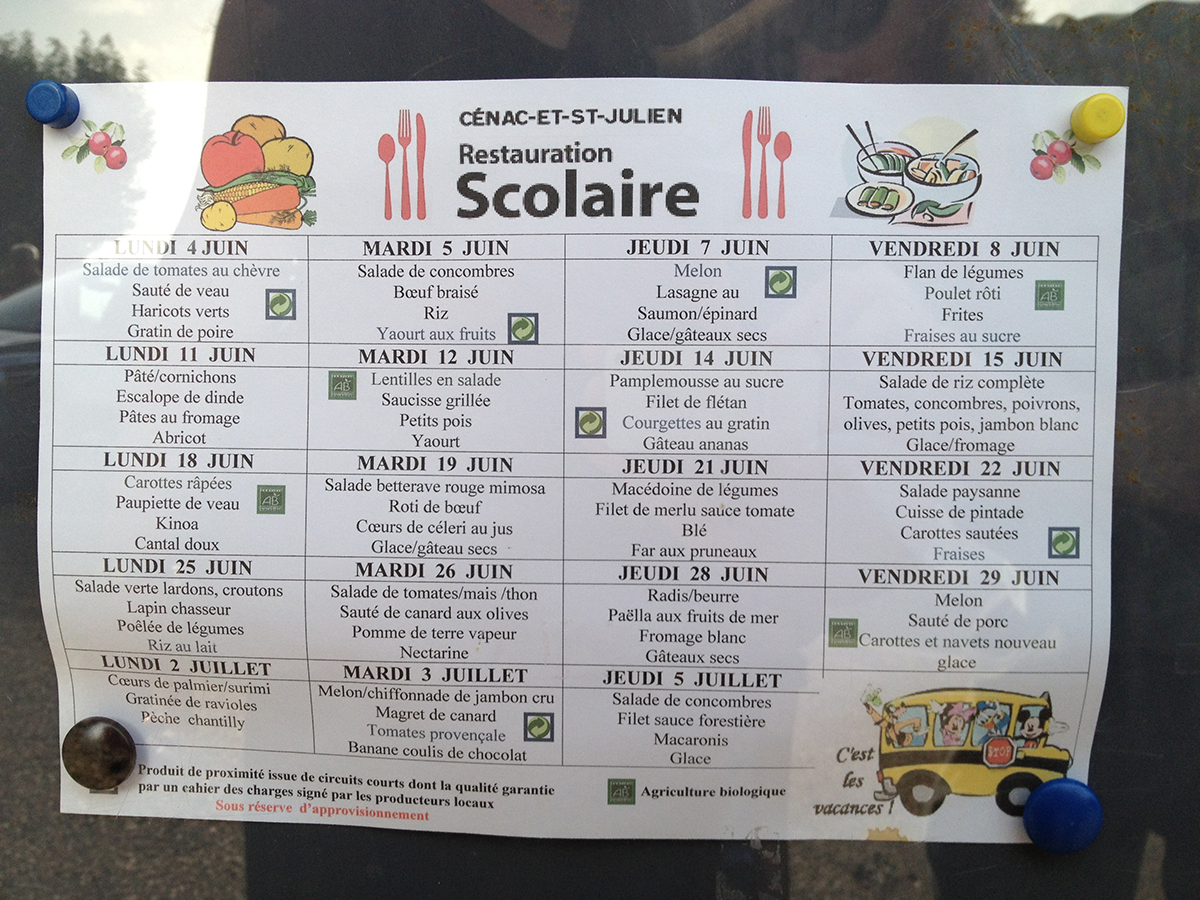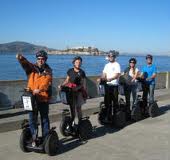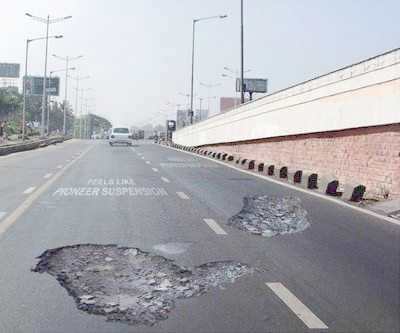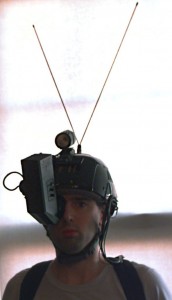
I’ve been thinking a lot lately about the power of language. Sure, there have been a lot of news relating to language (election, after all, is only a few months away): legitimate rape is one example of powerful words/phrases in the news. But I would like to briefly explore how words and language can influence the design and use of a product. Language Development It might be interesting to start really early (or to look to unusual cases of individuals without language). The following program by RadioLab does a wonderful job of introducing language and the development of comprehension: Words that Change the World. This half-hour audio show presents the work of Susan Schaller, Charles Fernyhough, Elizabeth Spelke, and James Shapiro. Susan describes a case of a deaf 27 year old man who was never taught language and his journey to comprehension. Charles describes an experiment where babies, kids, and rats are asked to find items in a blank room after a brief disorientation. He discovers that language is essential to linking concepts in our brain. Elizabeth explores the benefits of language farther. And James, a Shakespeare scholar at Columbia University, talks about the use of language to communicate complex…





